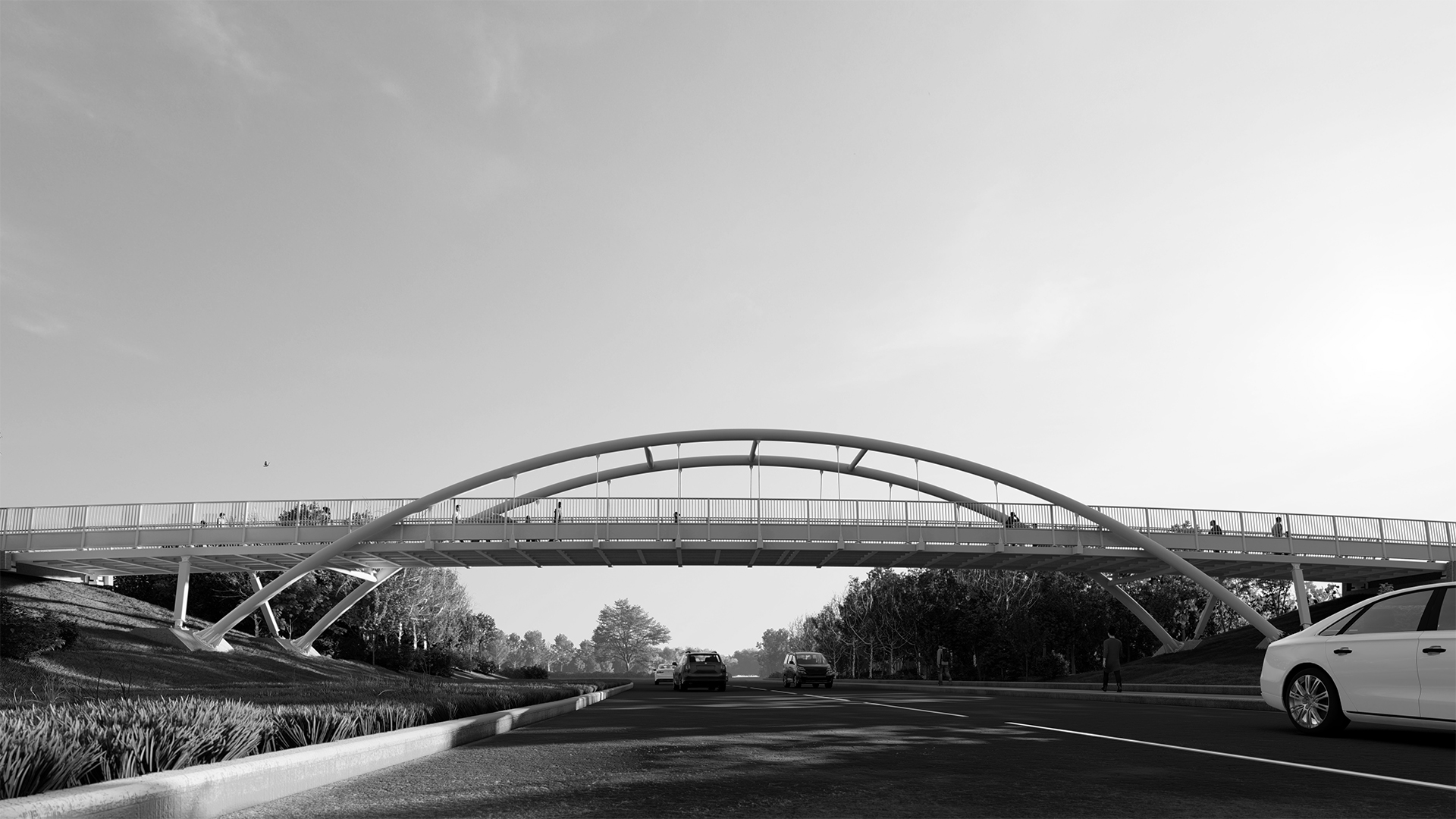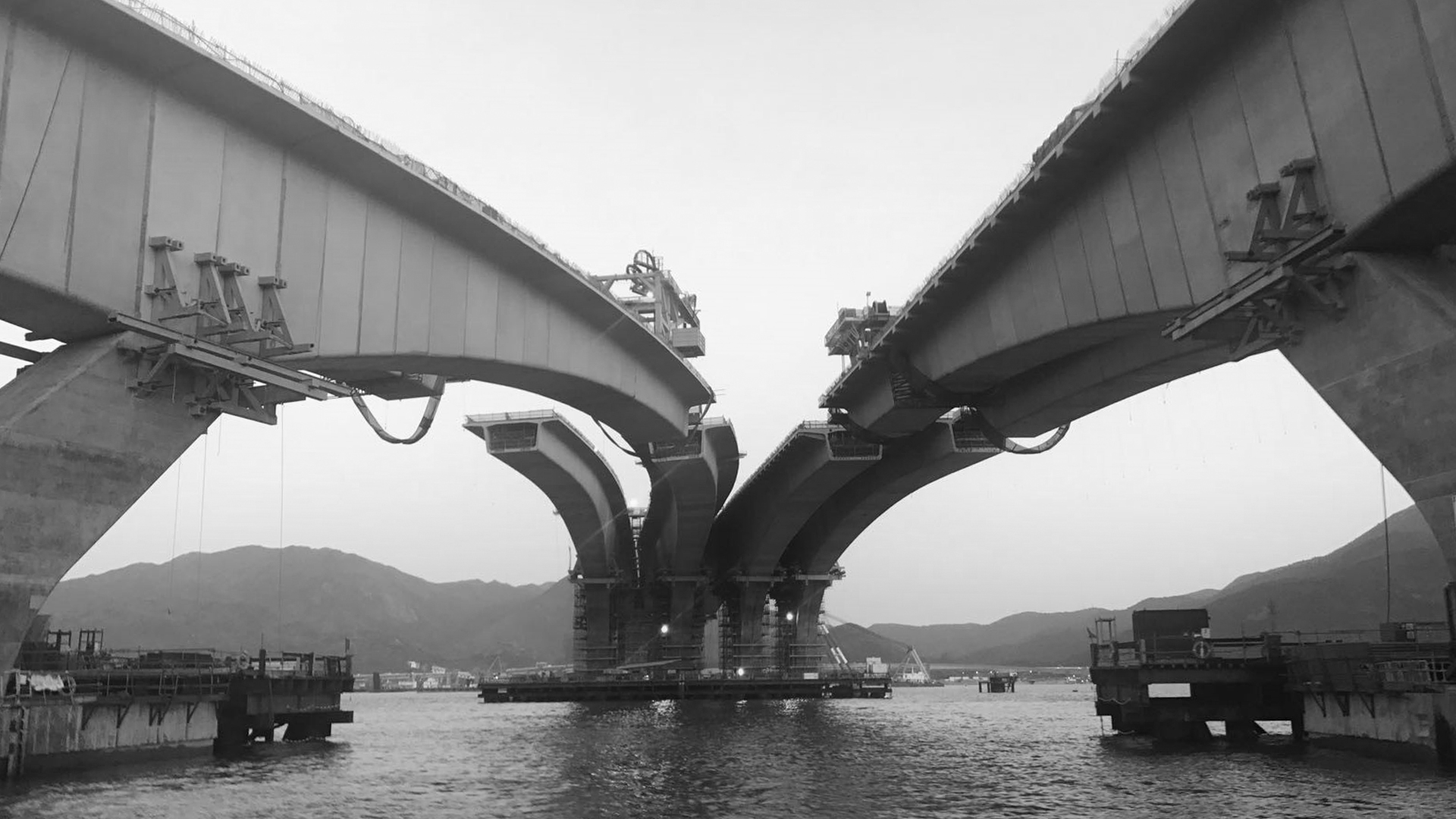River Exe Viaduct
Exeter, UK
Project synopsis
Inspection, assessment and strengthening design of the viaduct carrying the M5 over the River Exe and Exeter Canal. The structure is one of a limited number of externally post-tensioned bridges in the UK.
Contractor
VSL Systems UK
End client
National Highways
Tony Gee, together with VSL, designed and built the safeguarding and strengthening scheme allowing Exe Viaduct to carry unrestricted traffic on this key route to the south-west.

In 2016, corrosion and strand breakages were observed in the end-span tendons and, following investigations commissioned by Highways England and carried out by VSL UK, a safeguarding solution was proposed comprising additional external post-tensioning attached to the outside of the webs using a number of discrete concrete anchorages and deviators. This proposal ensured the structure would remain serviceable in the event of further strand breakages as well as providing additional capacity to permit the potential future de stressing and replacement of the existing tendons.
As a prelude to the design of the proposed scheme, our assessment revealed that, while adequate at the serviceability limit state, the superstructure did not have sufficient ultimate capacity. This resulted in a final scheme comprising of external unbonded tendon safeguarding in the end spans and internal bonded tendon strengthening in the midspan regions of all spans.
The additional external prestress anchorages and deviators were cast in-situ using self-compacting concrete. The anchorages were clamped onto the existing webs using prestressing bars whereas deviators used embedded drill and fix reinforcing bars for attachment to the existing concrete. Internal bonded prestressing tendons were housed in continuous concrete ribs cast onto the soffit with reinforced concrete “blister” anchorages at each end. Drill and fix reinforcing bars were embedded in the bottom flange over the full length of the ribs with a greater concentration placed at the anchorage locations.
Recommended Reading




